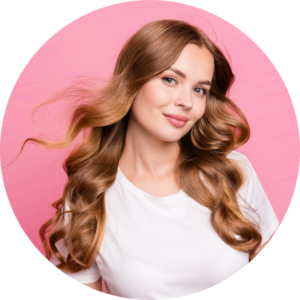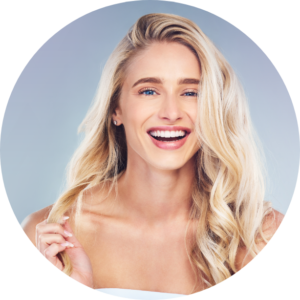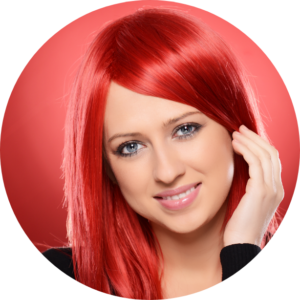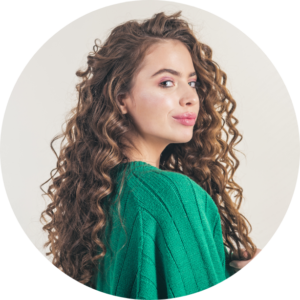Protein Treatment for Hair in Salon – The Ultimate Guide to Healthier, Stronger Hair
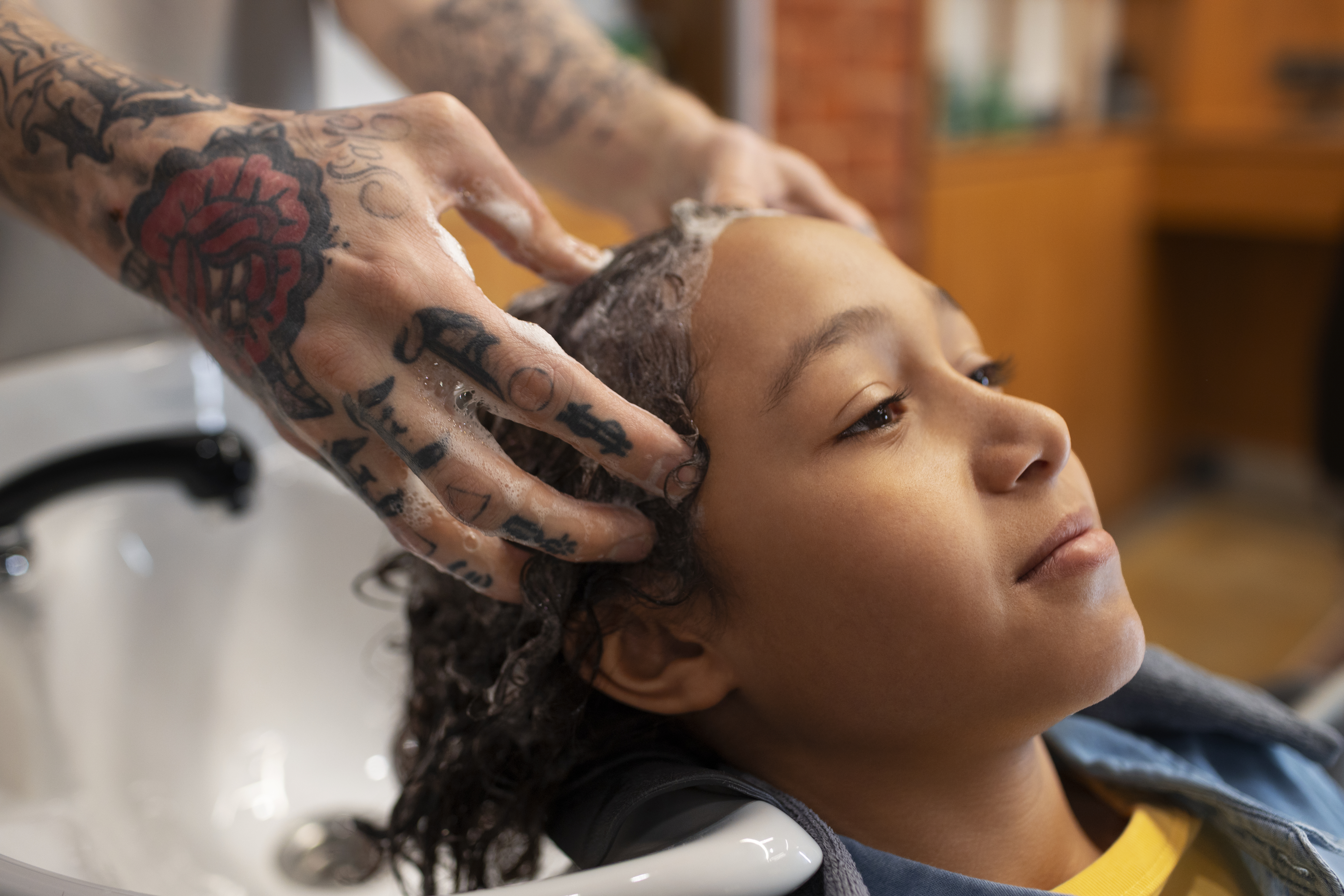
If you are determined to make your hair healthier and more resilient at all times, protein treatment for hair in salon environments is probably the top choice. Protein treatment can help if you are struggling with weakened, damaged hair strands and other hair-related issues like frizz.
In this guide, we discuss everything to do with salon protein treatments for hair. The discussion will cover the effectiveness of these treatments, types of proteins used, professional vs DIY hair treatment, and other vital details about these treatments. Let’s get started!
Your Hair Structure and the Importance of Protein
It’s important to understand your hair structure and the importance of protein before you consider protein treatment. Every hair shaft on your head consists of three layers, but the outermost layer (the cuticle) is of importance in this context.
The cuticle protects the protein-rich cortex directly below it. When the cuticle gets damaged, due to excessive heat styling, for example, essential proteins in the cortex can escape or be reduced over time. This leaves your hair strands even more vulnerable, thus affecting the overall health and appearance of your hair.
Your hair is primarily made of a naturally occurring protein called keratin. When there is a reduction in protein, hair will become more elastic, weak, and easy to break. Protein treatments replenish these vital proteins to reinforce your hair structure.
How Do You Tell If Your Hair Needs Protein Treatment?
Many people wrongly assume that all hair problems can be fixed with protein treatments. This is wrong. Some indicators that your hair might benefit from a protein treatment are:
- Your hair stretches significantly before breaking.
- Strands feel gummy or mushy when wet.
- Excessive breakage or shedding.
- Hair that’s undergone chemical treatments (coloring, relaxing, perming).
- Dull, lifeless appearance despite moisturizing efforts.
- Split ends and general brittleness.
When these signs appear, it’s time to consult with a professional. An in-depth consultation with your stylist ensures you’ll receive the appropriate treatment for your concerns.
Types of Protein for Different Hair Needs
Experts at a hair salon usually select the type of protein based on your hair’s specific requirements. These may be any of the following:
Keratin
Keratin is the most common protein for hair. Keratin treatments help smooth the cuticle and strengthen strands from within. Salon keratin treatments offer substantial benefits beyond what at-home versions can provide you.
Hydrolyzed Wheat Protein
Hydrolyzed wheat protein is ideal for fine hair that needs strengthening without heaviness. The protein penetrates deeply while adding moisture.
Collagen
When used on hair, collagen helps improve hair elasticity and strength while creating a protective film around the hair shaft.
Silk Proteins
Silk proteins consist of smaller molecules that can penetrate fine hair easily to provide strength without weighing strands down.
Quinoa Protein
Quinoa proteins are rich in amino acids. The plant-based protein helps repair damaged hair while preserving color.
During your consultation, your hairstylist will determine which protein formulation best addresses your hair concerns.
The Salon Protein Treatment Process

Here’s what you can typically expect when you book a protein treatment for hair in salon settings:
Assessment
Your stylist will begin by evaluating your hair type, porosity, and damage level to select the appropriate protein treatment.
Cleansing
The stylist will use a clarifying shampoo to remove product buildup. This will allow the protein treatment to penetrate effectively.
Application
A protein solution will be applied thoroughly from roots to ends, with extra attention to damaged areas.
Processing
Depending on the treatment, your hair may be covered and heat applied to enhance protein absorption.
Rinse and Conditioning
After processing, the treatment is rinsed, and a balancing moisturizer is applied to maintain the protein-moisture equilibrium.
Styling
Your stylist finishes with appropriate styling products to showcase your treated and revitalized hair.
The entire process usually takes 45-90 minutes, depending on your hair’s length, thickness, and treatment.
Finding the Best Protein Therapy for Hair Based on Hair Type
The ideal protein treatment varies based on your specific hair characteristics:
For Fine Hair
Fine hair requires lightweight protein treatments that strengthen without adding heaviness. Hydrolyzed wheat protein or silk amino acids are excellent choices, reinforcing without weighing down delicate strands.
For Medium to Thick Hair
These hair types can handle more intensive keratin or collagen treatments, which rebuild internal strength while improving manageability.
For Curly or Textured Hair
Protein treatments for curly hair focus on reinforcing the hair’s natural pattern while addressing porosity issues. Plant-based proteins combined with moisture-rich ingredients help maintain curl integrity.
For Severely Damaged Hair
If you’re dealing with chemical damage or excessive heat styling, intensive hair reconstruction products containing multiple proteins and bond-building ingredients offer the most significant repair benefits.
Professional vs. At-Home Treatments
While DIY protein treatments are available, salon treatments offer distinct advantages:
- Access to professional-grade formulations with higher concentrations of active ingredients.
- Customized application techniques based on your hair’s specific needs.
- Heat processing equipment that enhances penetration and efficacy.
- Expert knowledge in balancing protein with necessary moisture.
- Complementary treatments that maximize results.
For those with significant damage or struggling to achieve results with at-home methods, the best protein therapy for hair comes from professional salon treatments.
Maintaining Results After Your Treatment
Your hair can get damaged after a protein treatment with poor maintenance or due to environmental factors. To extend the benefits of your salon protein treatment, do the following:
- Follow your stylist’s recommendations for at-home care products.
- Limit heat styling and always use heat protectants.
- Schedule regular protein treatments based on your hair’s needs (typically every 4-6 weeks).
- Balance protein with adequate moisture to prevent protein overload.
- Protect your hair from environmental damage with appropriate products.
In Conclusion
A professional protein treatment for hair in salon environments offers transformative benefits for damaged, weakened strands. It helps replenish the essential building blocks of your hair’s structure to help restore strength, elasticity, and shine that no styling product can fake.
Healthy hair requires a balance of protein and moisture. Working with a professional stylist ensures you’ll receive the appropriate treatment for your hair needs and concerns.


